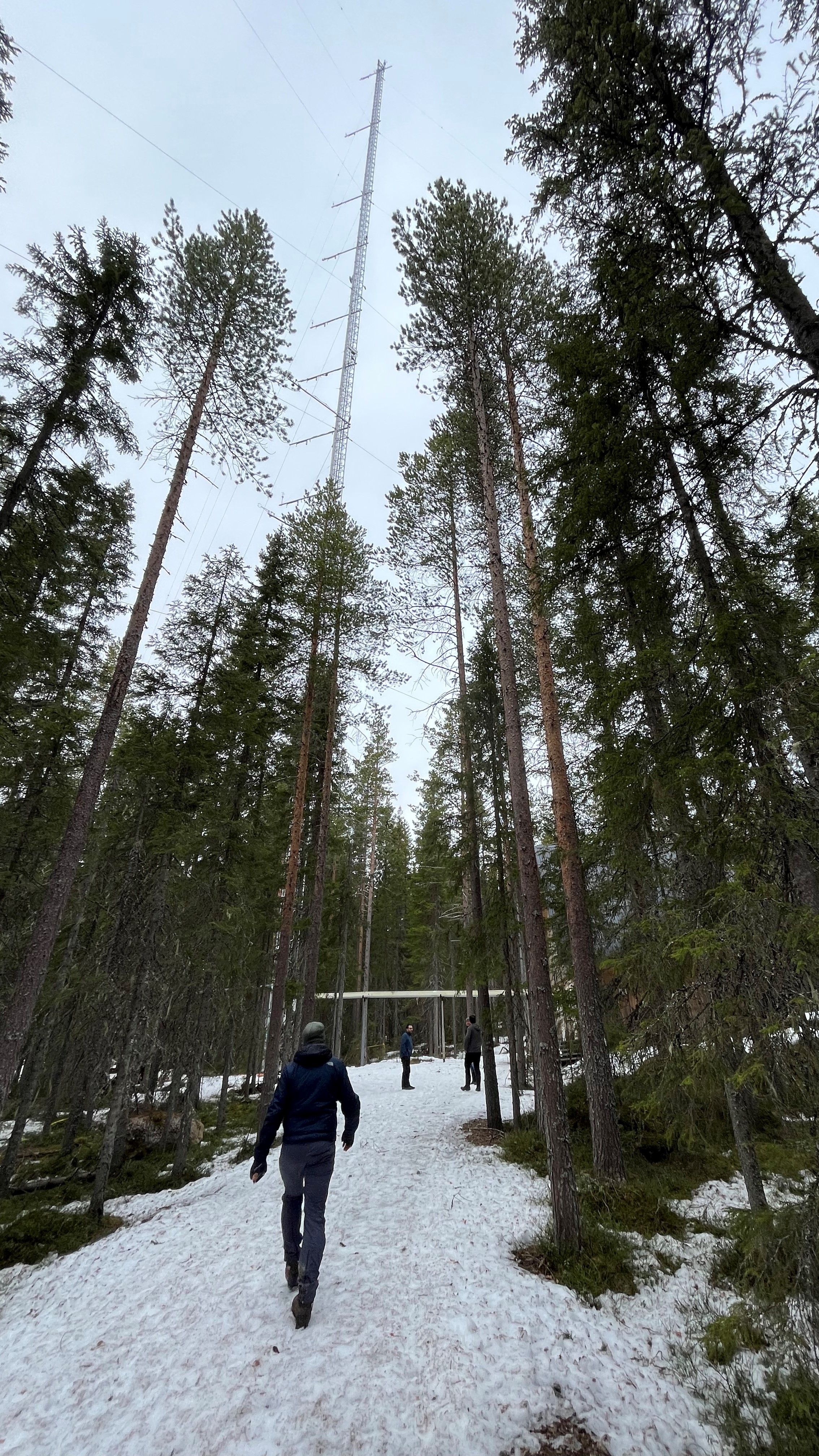ACTRIS (Aerosol, Clouds, Trace gases Research Infrastructure) is a pan-European research infrastructure that provides a network of stations for observations of short-lived climate forcers (SLCF). The SLCFs have a short residence time in the atmosphere and include airborne particles, aerosols, and reactive trace gases. The Swedish branch of the research infrastructure is run by ACTRIS Sweden with six organizations (Lund University (Coordinating), Stockholm University, Gothenburg University, SLU, SMHI, and Uppsala University) taking part in a 5-year implementation phase starting in January 2022. ACTRIS Sweden has chosen to co-locate its measuring stations with the ICOS (The Integrated Carbon Observation System) infrastructure. ACTRIS Sweden is currently considering various options for a measuring station near the ICOS mast at Svartberget.

The ACTRIS measuring stations, of which some are already up and running, will extend along both a latitudinal and air pollution gradient stretching from Hyltemossa in Skåne at the southern end of the gradient to Zeppelin on Svalbard (Norway) at the northernmost extreme. Between these extremes are the stations in Östergarnsholm on Gotland, Norunda in Uppland, and soon Svartberget in Västerbotten.

Short-lived climate forcers are important to study for several reasons. They have an impact on human health directly, increasing the risk of heart disease, lung cancer, and asthma in people living in areas with high levels of air pollution. In Sweden alone, air pollution causes an estimated 7,000 premature deaths per year. Air pollution also has an impact on global temperatures as aerosols have a direct impact on the amount of sunlight reaching the ground and have an indirect impact on cloud formation and duration. SLCFs, like sulphate particles, typically have a cooling effect.
The complexity of these interactions makes it difficult to evaluate the effects of various short-lived climate-affecting air pollutants on the climate, human health, and ecosystems. It is, therefore, necessary to observe the composition, concentrations, and chemical and physical properties of air pollutants in such a way that useful models can be developed, tested, and verified. As of 2016, ACTRIS was a strategically important research infrastructure for Europe and was given so-called ESFRI status. In 2018, ACTRIS was included in the Swedish Research Council's compilation of nationally important research infrastructures.
ACTRIS will provide benefits to:
Scientists by providing quality-assured and open-access ACTRIS data, and offering access to our stations,
Policymakers by providing novel tools for validating the impact of regulation strategies and emission abatement policies through direct evaluation of atmospheric trends and by the provision of data for predicting climate scenarios.
Civil Society through improved weather, climate, and air quality predictions.
